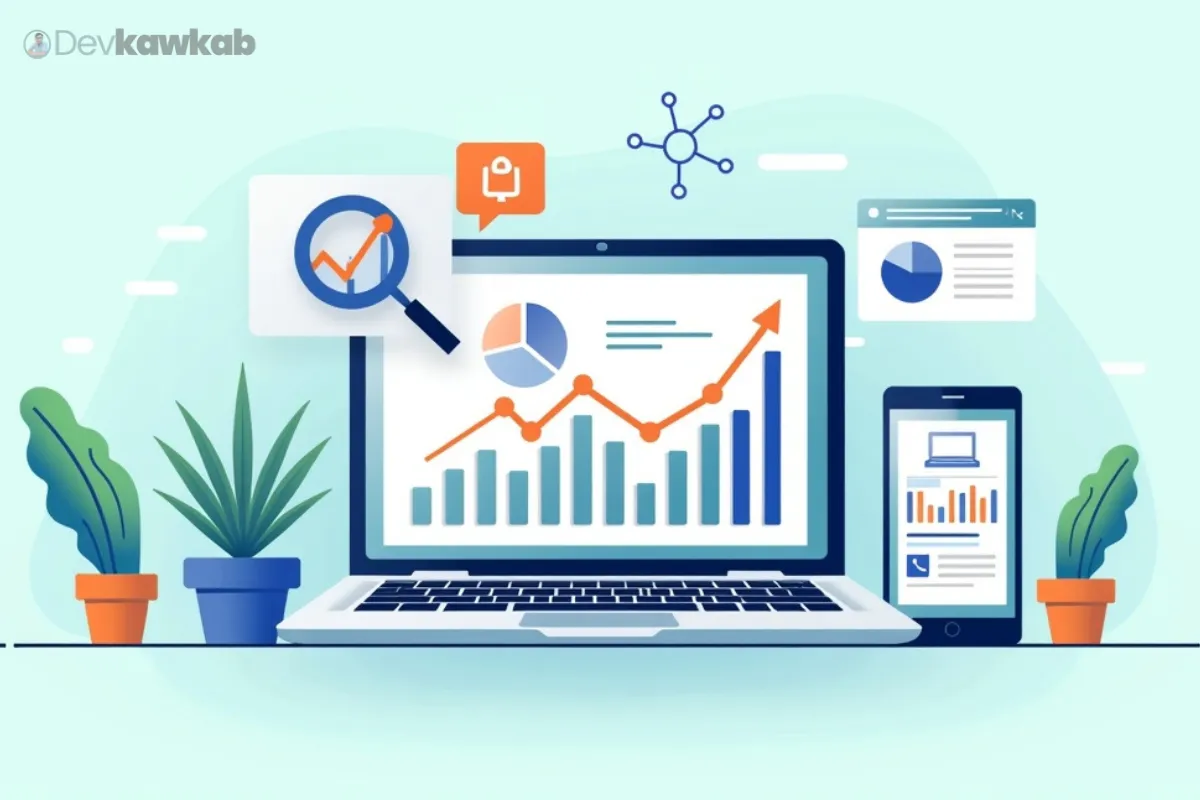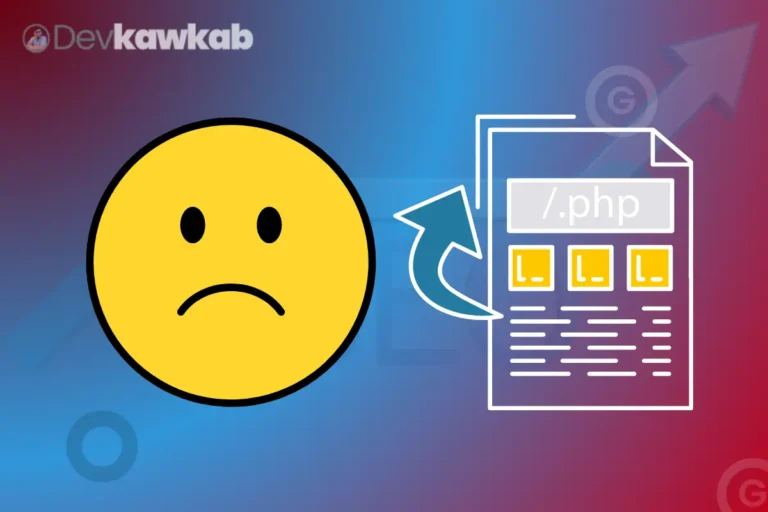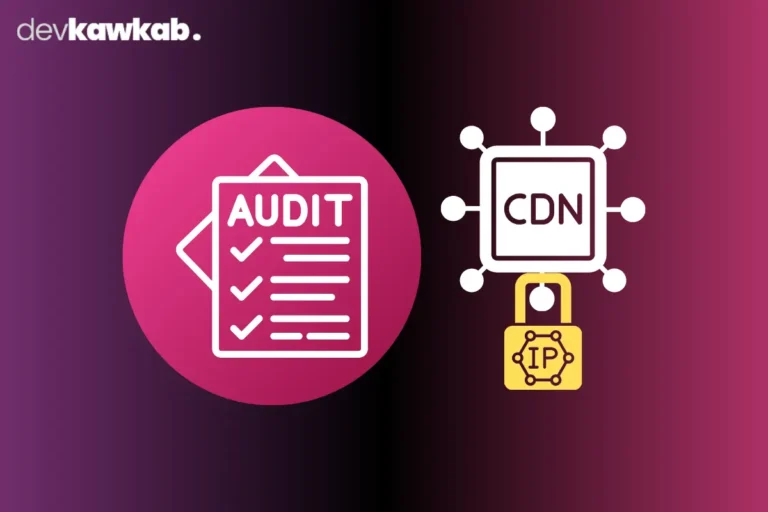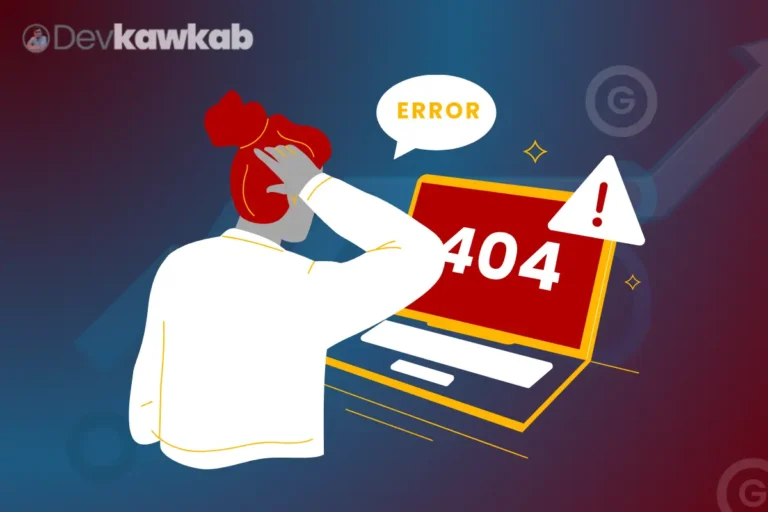Welcome to your ultimate guide for boosting organic traffic without backlinks in 2025! This is all about unlocking your site’s potential using smart, Google-friendly tactics.
In this action-packed guide, you’ll discover how to:
- Optimize on-page SEO for maximum visibility
- Create killer content that ranks without links
- Leverage social platforms to drive traffic
- Nail user experience to keep visitors hooked
- Master search intent for better rankings
- And tons more! No fluff, just proven strategies to skyrocket your traffic.
Ready to dive into practical, link-free ways to dominate search results? From crafting evergreen content to fine-tuning technical SEO, this guide has you covered.
Let’s jump in and start growing your organic traffic today!
Optimize On-Page SEO Elements
On-page SEO is your first stop for driving organic traffic without backlinks. It’s about making your site irresistible to both users and search engines.
Master Keyword Research
Keyword research is the backbone of organic traffic growth. Use tools like Google Keyword Planner to uncover high-intent, low-competition keywords.
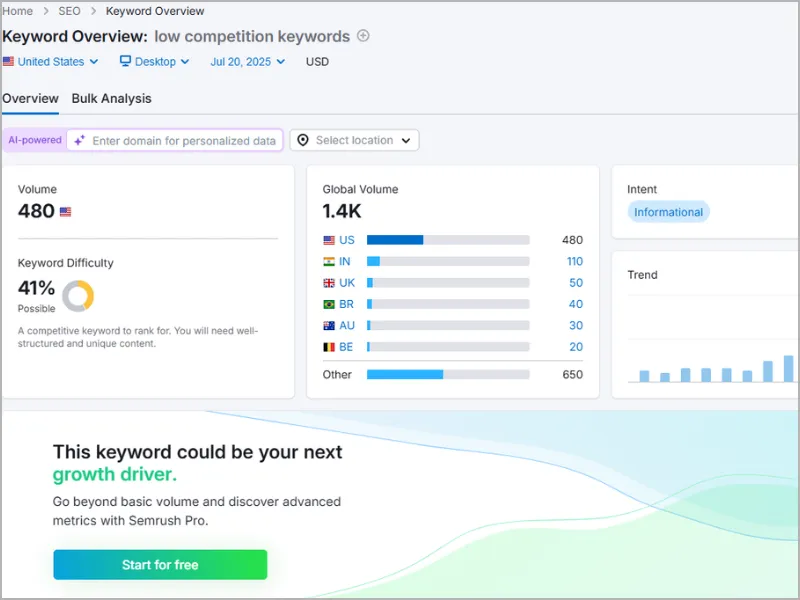
Target terms like “SEO without link building” or “organic traffic strategies.” These align with what users are searching for.
Incorporate your primary keyword naturally in titles, meta descriptions, and headers. This signals relevance to Google without overstuffing.
Craft High-Quality Content
Content is king, and it’s never been more true in 2025. Write in-depth articles that answer user questions thoroughly.
Focus on delivering value over fluff. For example, explain how to optimize a page step-by-step.
Use related keywords to boost topical relevance. Terms like “improve website traffic” can enhance your content’s reach.
Technical SEO
Technical SEO ensures Google can crawl and index your site effectively. Start with page speed – aim for under 2 seconds per Google’s Core Web Vitals.

Ensure your site is mobile-friendly. Over 60% of searches happen on mobile devices.
Use proper header structures (H1, H2, H3) and schema markup. These help Google understand your content better.
| Technical SEO Element | Why It Matters | Actionable Tip |
|---|---|---|
| Page Speed | Faster pages rank higher | Compress images, use a CDN |
| Mobile-Friendliness | Google prioritizes mobile-first indexing | Test with Google’s Mobile-Friendly Tool |
| Schema Markup | Enhances search result visibility | Add structured data for articles or FAQs |
Enhance User Experience (UX)
User experience is a ranking factor Google loves. A seamless UX keeps visitors on your site longer, boosting organic traffic.
Streamline Site Navigation
Clear navigation helps users find what they need fast. Create an intuitive menu structure that guides them logically.

Use internal linking to connect related content. This keeps users engaged and signals topic depth to Google.
For example, link your “SEO tips” page to a deeper guide on “content optimization.” It’s a win-win.
Slash Bounce Rates
Low bounce rates tell Google your content is engaging. Use compelling visuals and clear calls-to-action to hook visitors.
Format content with short paragraphs and bullet points. This improves readability and keeps users scrolling.
Aim to increase dwell time by answering user queries fully. A well-structured FAQ section can work wonders.
Prioritize Mobile Optimization
Mobile optimization is non-negotiable in 2025. Google’s mobile-first indexing means your mobile site is the priority.

Test your site on multiple devices to ensure seamless performance. Tools like Google’s PageSpeed Insights can pinpoint issues.
A responsive design adapts to any screen size. This keeps users happy and Google satisfied.
Leverage Content Marketing Strategies
Content marketing is your secret weapon for organic traffic. It’s about creating content that resonates and ranks.
Build Evergreen Content
Evergreen content stays relevant for years. Topics like “SEO best practices” or “traffic growth tips” are timeless.
Update older posts regularly to keep them fresh. A quick refresh can boost rankings significantly.
For example, revisit your top-performing posts annually. Add new data or insights to maintain relevance.
Target Featured Snippets
Featured snippets are Google’s golden ticket for visibility. Structure content to answer questions concisely.
Use lists, tables, or short paragraphs for snippet-friendly formats. For example, “Top 5 ways to boost organic traffic” works well.
Include question-based subheadings like “How do I improve SEO without backlinks?” to align with search intent.
Embrace Long-Form Content
Long-form content (1,500 – 2,500 words) dominates search results. It allows you to cover topics comprehensively.
Include real-world examples or case studies. For instance, share how a site gained 50% more traffic with on-page tweaks.
Break content into scannable sections. This keeps readers engaged and improves time on page.
Utilize Social Media and Online Communities
Social media and niche communities can amplify your content’s reach. They drive referral traffic and build authority.
Promote on Social Platforms
Social sharing boosts visibility, even without backlinks. Post your content on X, LinkedIn, or Reddit to attract clicks.
Use hashtags like #SEO or #OrganicTraffic to reach the right audience. Tailor posts to each platform’s vibe.
For example, a short, punchy thread on X can drive traffic to your latest blog post.
Engage in Niche Communities
Online communities like Quora or Reddit are goldmines for traffic. Answer questions related to your niche with authority.
Avoid blatant self-promotion. Instead, share insights that showcase your expertise and subtly point to your content.
For instance, answer “How to grow traffic without links?” with a detailed response and a soft nudge to your site.
Encourage User-Generated Content
User-generated content (UGC) boosts engagement signals. Invite comments or reviews on your blog posts.
Create interactive elements like polls or quizzes. These keep users on your site longer, signaling quality to Google.
UGC also builds trust. A comment section full of real user insights adds credibility.
Optimize for Search Intent
Understanding what users want is key to ranking higher. Align your content with their search intent for better results.
Decode User Intent
Search intent drives Google’s algorithm. Analyze top-ranking pages for “How to Increase Organic Traffic Without Backlinks.”
Are users seeking guides, tools, or quick tips? Tailor your content to match—likely informational in this case.
Address pain points like “SEO for small budgets” to connect with your audience’s needs.
Build Content Clusters
Content clusters establish topical authority. Create a pillar page on “Organic Traffic Growth” and link to related posts.
For example, link to articles on “on-page SEO” or “content strategies.” This strengthens your site’s relevance.
Use internal links to guide users and Google through your cluster. It’s a powerful ranking signal.
Leverage Semantic SEO
Semantic SEO enhances context. Use LSI keywords like “website traffic tips” or “SEO without backlinks.”
These terms help Google understand your content’s depth. Sprinkle them naturally throughout your text.
Tools like AnswerThePublic can reveal related terms users search for. This keeps your content aligned with intent.
Monitor and Analyze Performance
Tracking your progress ensures long-term success. Use data to refine your strategies and maximize organic traffic.
Harness Google Analytics and Search Console
Analytics tools are your best friends. Google Analytics tracks traffic sources and user behavior.
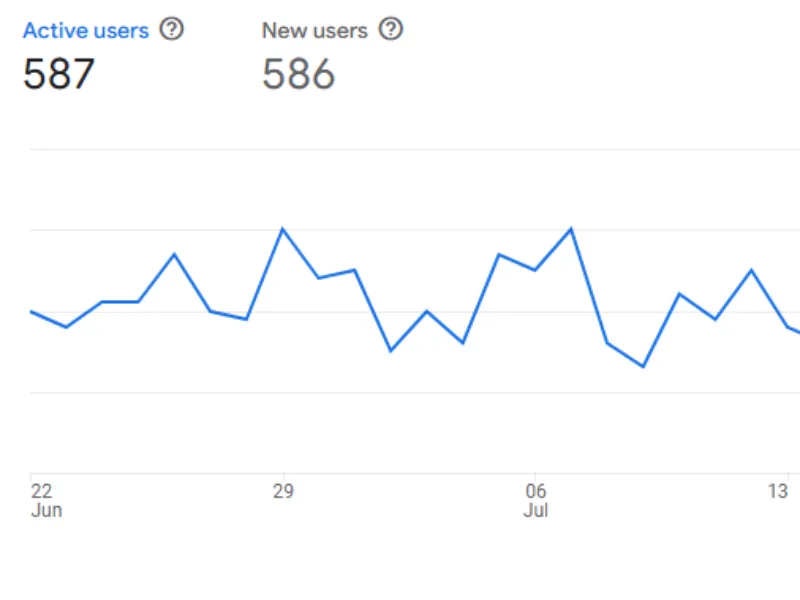
Search Console shows keyword rankings and click-through rates. Use both to identify what’s working.
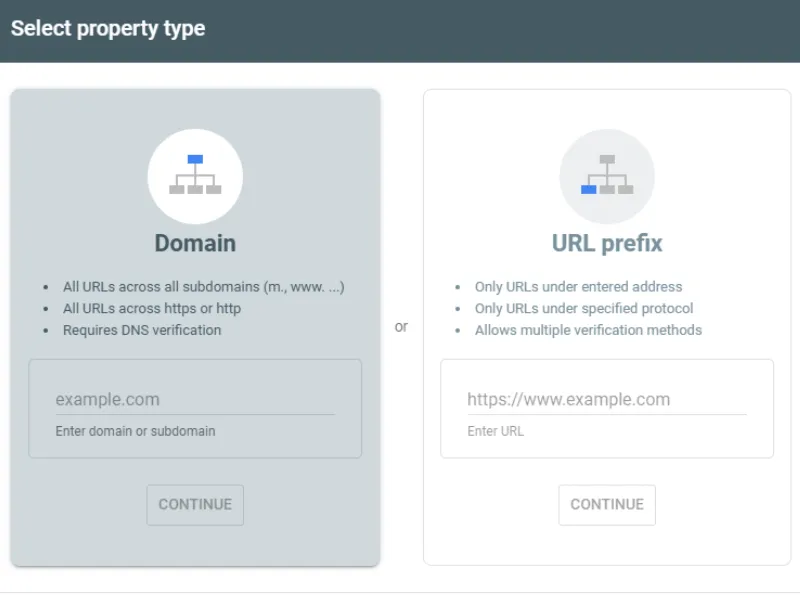
For example, if a page ranks well for “SEO tips,” double down on similar content.
Run A/B Tests
A/B testing optimizes performance. Test different meta titles or descriptions to boost click-through rates.
Try varying headlines or content layouts. Small tweaks can lead to big traffic gains.
Track results with tools like Google Optimize. Focus on changes that improve user engagement.
Conduct Regular Content Audits
Content audits keep your site in top shape. Identify underperforming pages using Analytics data.
Update outdated posts or redirect low-value pages. This maintains your site’s overall quality.
Schedule audits every 6–12 months. It’s a proactive way to stay ahead of Google’s algorithm updates.
Final Words
You’ve got the tools to boost organic traffic without backlinks! From nailing on-page SEO to crafting killer content, these strategies are your ticket to Google’s top spots in 2025.
Keep user experience first – streamlined navigation and mobile optimization are non-negotiable. Leverage social platforms and content clusters to amplify your reach without relying on links.
Stay consistent, track your progress with analytics, and keep tweaking. Your site’s ready to dominate search results – now go make it happen!
